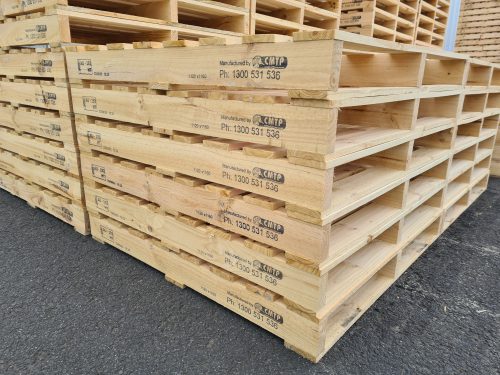Export pallets are an essential part of the global supply chain. They are used to transport goods from one country to another and are an efficient and cost-effective way of doing business. Export pallets are also known as international pallets, freight pallets, and shipping pallets.
Types of Export Pallets
Export racks comes in a variety of sizes, shapes, and materials. The most common type of export pallet is the standard pallet, which is a wooden platform with four-way entry and has a maximum load capacity of up to 3 tons.

Image Source:- Google
Plastic export pallets are a lightweight and cost-effective alternative to wooden pallets, and they have the same entry points. Composite pallets are made from a combination of wood, plastic, and metal, and are designed for heavier loads of up to 4 tons.
Advantages of Using Export Pallets
Export pallets provide a number of benefits. They are stackable, which allows for efficient storage and transportation of goods. They are also lightweight and durable, meaning they can withstand the rigors of international shipping. Export pallets are also easy to clean and can be used multiple times, making them a more cost-effective option than disposable pallets.
When using export pallets, it is important to follow certain guidelines to ensure they are used safely and efficiently. Pallets should be inspected regularly to ensure they are not damaged or weakened. Pallets should also be properly secured with straps or bands to prevent them from sliding or shifting during transport. Additionally, pallets should be stacked evenly, with heavier items at the bottom and lighter items on top.
